You step onto the grass expecting solid ground, but instead your foot sinks slightly, and suddenly your whole yard feels like a sponge. Sound familiar? Soft spots in the yard can be more than just annoying—they’re often a sign that something underneath isn’t quite right.
From hidden drainage issues to burrowing critters, the reasons behind a squishy lawn vary more than you’d think. Pinpointing the cause is the first step to keeping your yard safe, healthy, and easy to maintain. Here’s a closer look at the most common culprits and what you can actually do about them.
Poor Drainage

Water pooling is a common culprit of yard soft spots. When drainage is inadequate, water accumulates, leading to soggy, unstable ground. If your yard resembles a marsh after a rainstorm, poor drainage might be to blame.
To tackle this, consider installing a French drain or adjusting the grading to direct water away. Sometimes, aerating the soil can improve absorption.
Regular maintenance, like clearing debris from gutters and ensuring downspouts are directed away from the foundation, can also help prevent this issue.
Buried Debris
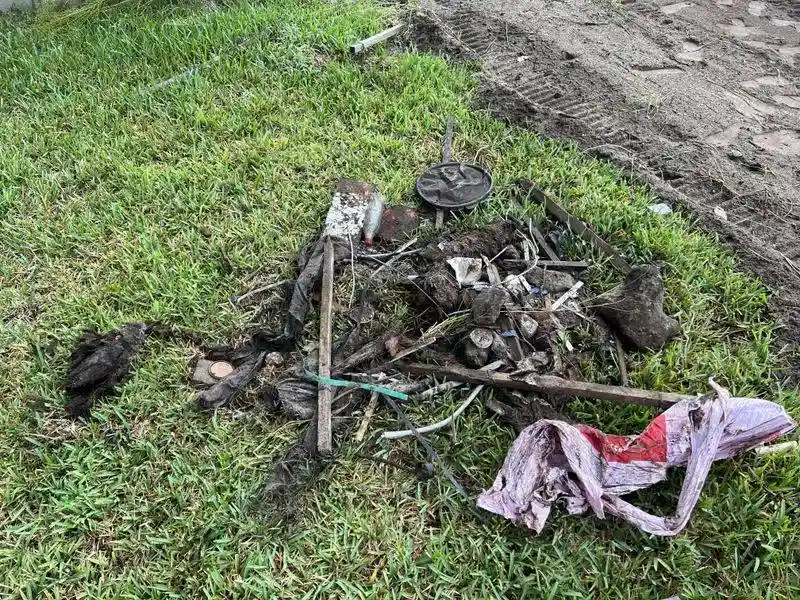
Found an unexpected bump in your yard? Buried debris like old construction materials might be hiding beneath. As these materials decompose, they leave voids, causing the ground above to sink.
Uncovering and removing such debris is crucial for a level yard. Use a metal detector or ground-penetrating radar if you suspect hidden items.
Once removed, fill the hole with quality soil and reseed to ensure evenness. Regular inspection can prevent future surprises.
Pest Infestation
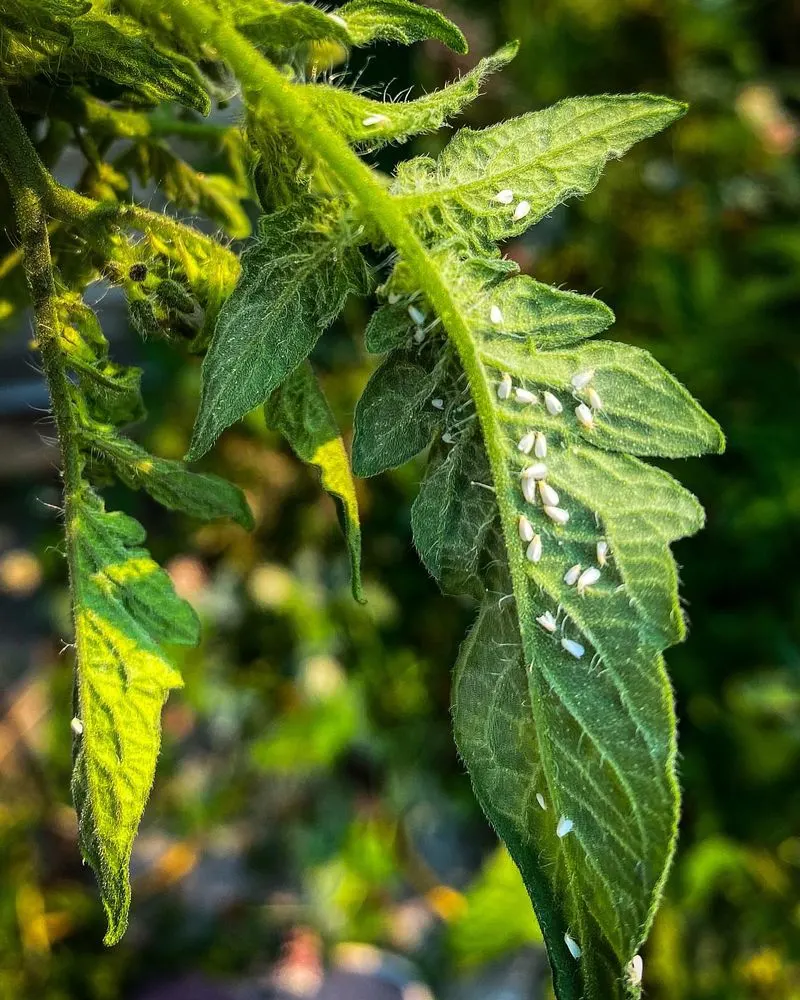
Little holes in your yard might indicate a pest infestation. Creatures like moles, voles, and insects disturb soil as they dig, creating soft patches.
Addressing this involves identifying the pest and choosing an appropriate control method. Traps, deterrents, or professional pest control may be necessary.
Regularly monitoring your yard and keeping the grass trimmed can help spot infestations early and keep your lawn healthy.
Tree Root Decay
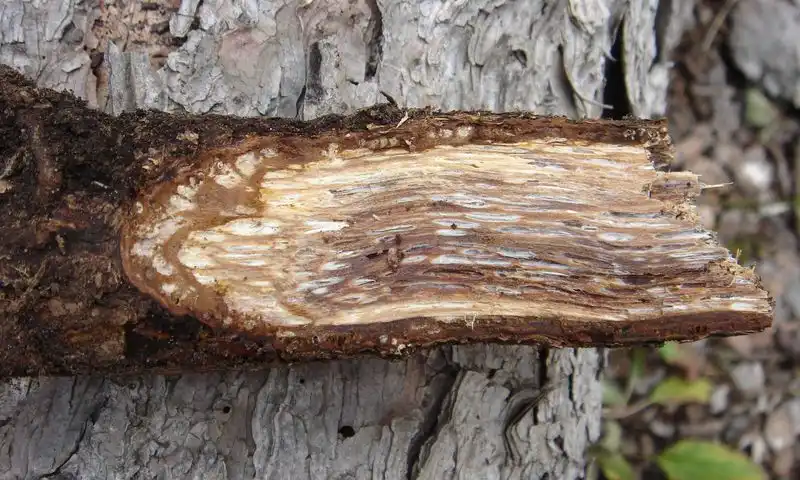
Soft spots near trees might be due to decaying roots. As roots rot, they create voids, making the ground above unstable.
Determining if root decay is the cause involves inspecting for visible signs such as mushrooms or soft soil around roots.
Address this by consulting an arborist. They may suggest root removal or treatment to stabilize the soil. Regular tree health checks can prevent widespread damage.
Underground Water Leaks
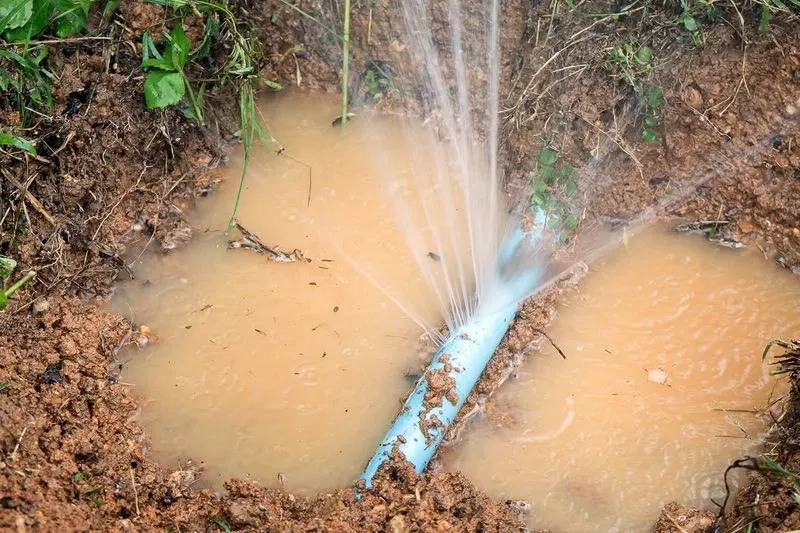
Consistent wet areas in your yard despite dry weather might point to underground water leaks. These leaks saturate the soil, leading to persistent soft spots.
Identifying leaks involves checking irrigation systems, pipes, and nearby water lines. Professional assistance might be necessary for complex issues.
Repairing leaks and ensuring proper water flow can resolve the softness, restoring your yard’s firmness.
Soil Compaction
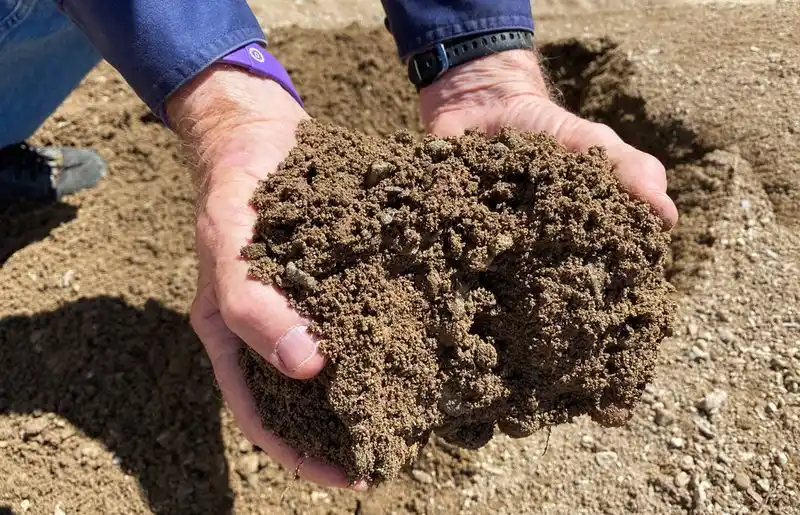
Hard soil areas surrounded by soft spots can be due to soil compaction. Heavy foot traffic or machinery compacts soil particles, reducing absorption and leading to uneven yard texture.
Aerating the soil can alleviate compaction, allowing water and nutrients to penetrate. Use a core aerator for best results.
Incorporating organic matter like compost can improve soil structure and promote healthy grass growth.
Improper Grading
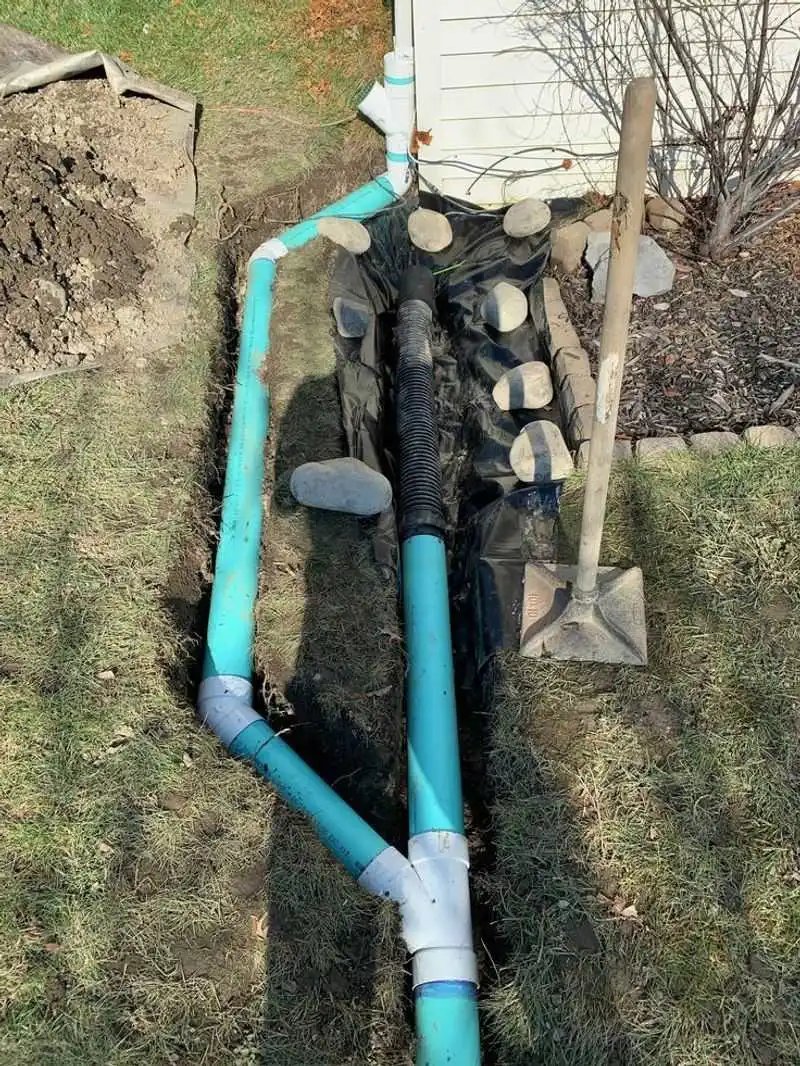
Improper grading can lead to water accumulation, resulting in soft spots. If your yard doesn’t slope away from structures, water drainage becomes inefficient.
Correcting grading issues involves reshaping the landscape to ensure proper runoff. This might include adding soil to low spots or creating swales.
Professional landscape grading can offer more permanent solutions, maintaining yard aesthetics and function.
Settling Soil
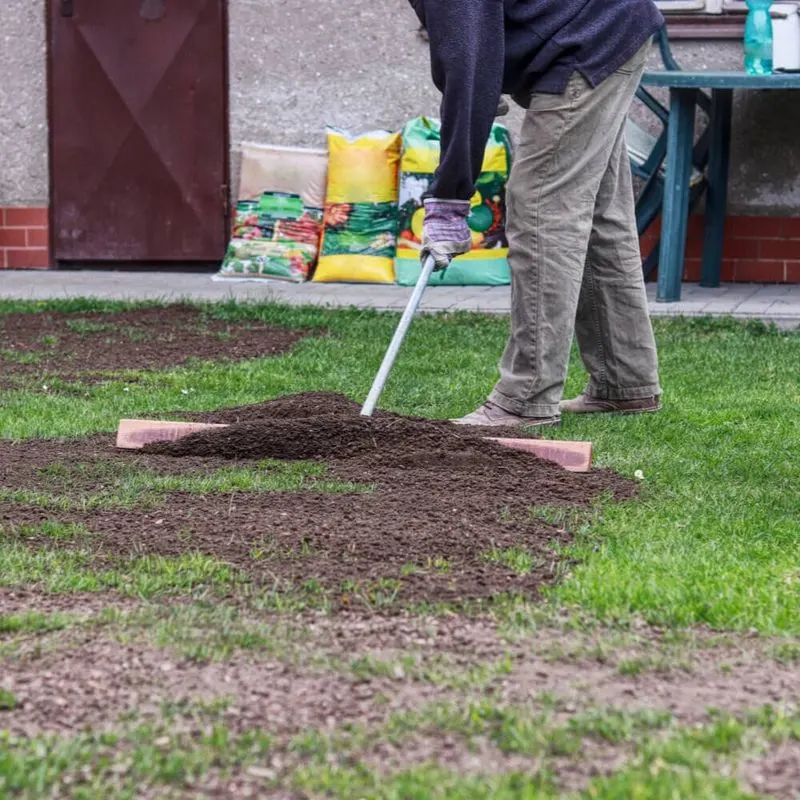
Have you noticed uneven ground in areas once level? Settling soil might be the culprit. Over time, soil compacts under its weight, especially after construction or landscaping.
Address this by adding topsoil to even out low spots. Regularly watering and reseeding can promote even growth.
Monitoring new plantings and structures can prevent future settling issues, ensuring a consistent landscape.
Sprinkler System Issues
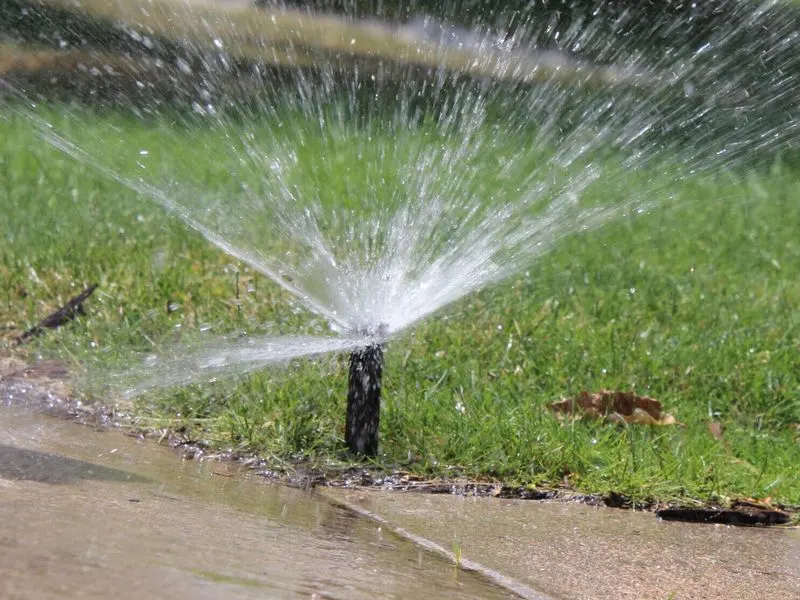
Inconsistent watering from faulty sprinklers can create uneven moisture levels, resulting in soft spots. Sprinkler heads might be broken or misaligned, causing overwatering in certain areas.
Inspecting the system regularly and adjusting heads can maintain even moisture distribution. Replacing damaged components helps prevent over-saturation.
Upgrading to more efficient systems can enhance water usage, keeping your yard in prime condition.
Animal Burrowing
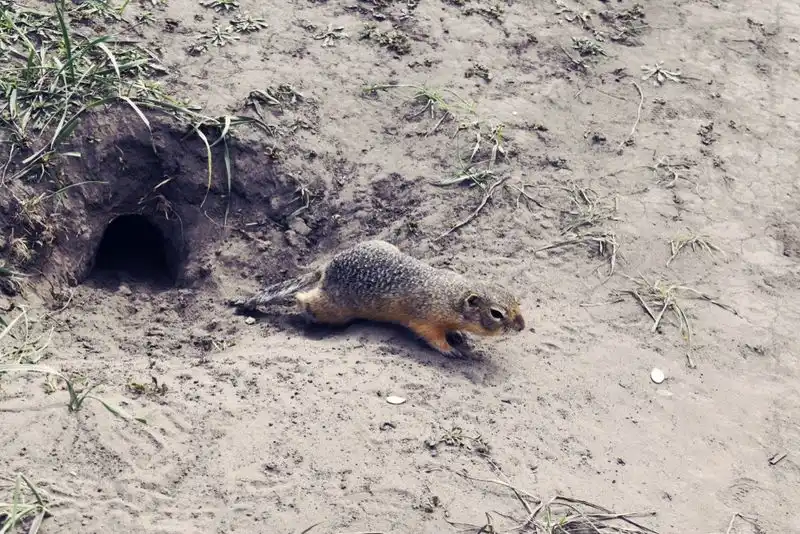
Burrowing animals like rabbits or groundhogs can wreak havoc on your yard. Their tunnels disrupt soil structure, leading to uneven and soft areas.
Spotting entrances can help identify the animal responsible. Humane traps or professional removal might be needed.
Filling burrows with soil and monitoring for new activity can restore yard stability. Fencing or repellents can deter future intrusions.

